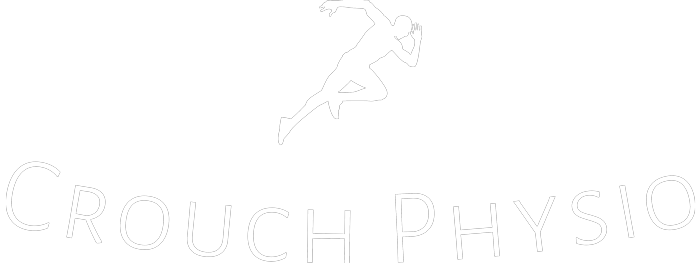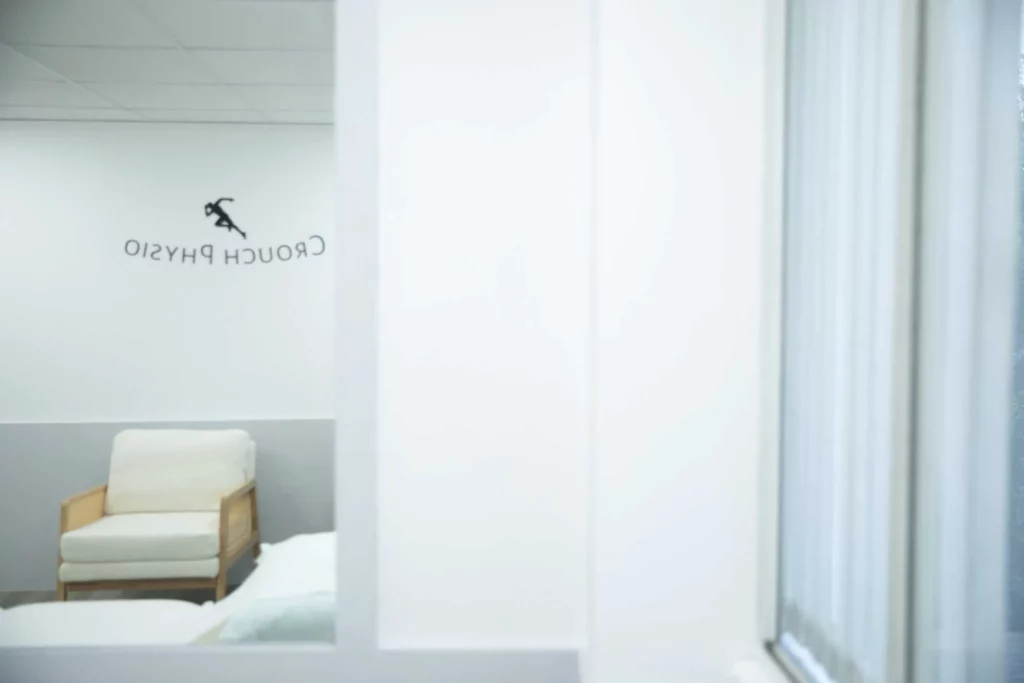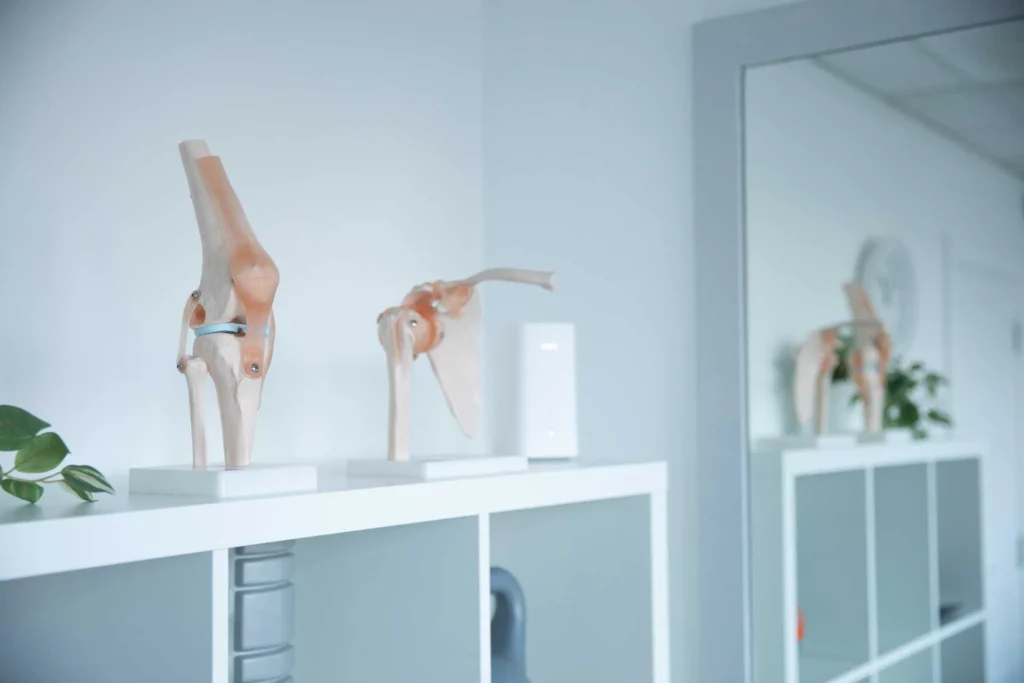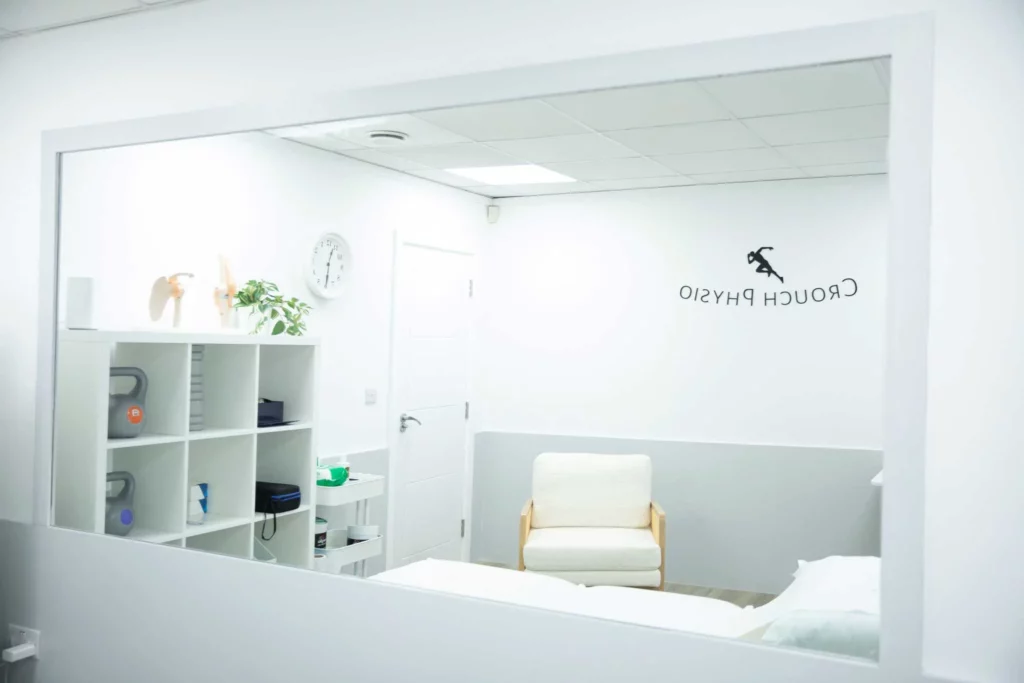Tearing your ACL (anterior cruciate ligament) can be a major setback, but with the right approach to rehabilitation, you can get back on your feet stronger than ever. Whether you’re an athlete or someone who’s just had a bad fall, following the right rehab protocols is crucial. Here are the do’s and don’ts of ACL rehab from a physiotherapist’s perspective, backed by real and relevant academic research.
Do’s
1. Follow Your Rehab Protocol Closely
It’s important to adhere to the specific rehab protocol provided by your physiotherapist or surgeon. Each stage of the rehab process is designed to gradually restore strength and mobility without overloading your recovering ligament. Research shows that structured rehabilitation protocols significantly improve outcomes for ACL reconstruction patients [1].
2. Focus on Early Range of Motion
Restoring your knee’s range of motion (ROM) early in the rehab process can help reduce stiffness and improve function. Studies suggest that starting ROM exercises within the first week post-surgery can lead to better longterm mobility and function [2].
3. Incorporate Strength Training
Strengthening the muscles around your knee, especially the quadriceps and hamstrings, is crucial for stabilising the joint. Evidence indicates that strength training not only aids in recovery but also helps prevent future injuries [3].
4. Include Proprioception Exercises
Proprioception, or your body’s ability to sense movement and position, is often impaired after an ACL injury. Exercises that focus on balance and coordination can help retrain your proprioceptive abilities, which are vital for preventing re-injury [4].
5. Gradually Increase Activity Levels
Patience is key in ACL rehab. Gradually increasing your activity levels ensures that your knee adapts to new stresses without becoming overwhelmed. Studies highlight that a gradual return to activity, monitored by a physiotherapist, is essential for a successful recovery [5].
Don’ts
1. Don’t Rush the Recovery Process
Rushing back into high-intensity activities too soon is one of the biggest mistakes you can make. Research indicates that premature return to sport can lead to a higher risk of re-injury and compromised recovery [6].
2. Don’t Ignore Pain
Pain is your body’s way of signalling that something might be wrong. Ignoring pain and pushing through discomfort can lead to further injury. A study suggests that listening to your body and adjusting your rehab exercises accordingly can prevent setbacks and promote healing [7].
3. Don’t Neglect Other Forms of Exercise
While focusing on your knee, it’s easy to forget the rest of your body. Incorporating low-impact cardiovascular exercises like swimming or cycling can help maintain overall fitness without stressing your knee.
4. Don’t Skip Follow-Up Appointments
Regular follow-up appointments with your physiotherapist are essential to track your progress and make necessary adjustments to your rehab plan. Ongoing professional guidance is associated with better functional outcomes and satisfaction post-ACL surgery.
5. Don’t Compare Your Progress to Others
Everyone’s body heals differently, and comparing your progress to others can lead to unnecessary frustration and impatience.
Conclusion
Rehabilitating an ACL injury requires a balanced approach of caution and proactive effort. By following these do’s and don’ts, you can enhance your recovery process and work towards a safe return to your regular activities. Always remember to consult your physiotherapist and stick to your personalised rehab plan for the best results.
Our Barnet, Cockfosters & Enfield Physio’s have tons of experience and are specialists in dealing with ACL rehabilitation. Have confidence that our specialist Physiotherapists will closely assess, diagnose & treat you in the correct & evidence-based way for all injuries. You can book an appointment here.
Blog By: Emre Oz (Musculoskeletal Physiotherapist at Crouch Physio).
References
1. Ardern, C. L., Taylor, N. F., Feller, J. A., Whitehead, T. S., & Webster, K. E. (2015). Fifty-five per cent return to competitive sport following anterior cruciate ligament reconstruction surgery: an updated systematic review and meta-analysis including aspects of physical functioning and contextual factors. British Journal of Sports Medicine, 48(21), 1543-1552.
2. Nelson, C., Rajan, L., Day, J., Hinton, R. and Bodendorfer, B.M., 2021. Postoperative rehabilitation of anterior cruciate ligament reconstruction: a systematic review. Sports Medicine and Arthroscopy Review, 29(2), pp.63-80.
3. Palmieri-Smith, R.M., Brown, S.R., Wojtys, E.M. and Krishnan, C., 2022. Functional resistance training improves thigh muscle strength after ACL reconstruction: a randomized clinical trial. Medicine and science in sports and exercise.
4. Risberg, M. A., Lewek, M., & Snyder-Mackler, L. (2004). A systematic review of evidence for anterior cruciate ligament rehabilitation: How much and what type? Physical Therapy in Sport, 5(3), 125-145.
5. Buckthorpe, M., La Rosa, G. and Della Villa, F., 2019. Restoring knee extensor strength after anterior cruciate ligament reconstruction: a clinical commentary. International Journal of Sports Physical Therapy, 14(1), p.159.
6. Paterno, Mark V et al. “Incidence of Second ACL Injuries 2 Years After Primary ACL Reconstruction and Return to Sport.” The American journal of sports medicine vol. 42,7 (2014): 1567-73. doi:10.1177/0363546514530088
7. Logerstedt, D. S., Snyder-Mackler, L., Ritter, R. C., & Axe, M. J. (2010). Knee pain and mobility impairments: meniscal and articular cartilage lesions. Journal of Orthopaedic & Sports Physical Therapy, 40(6), A1-A35.




